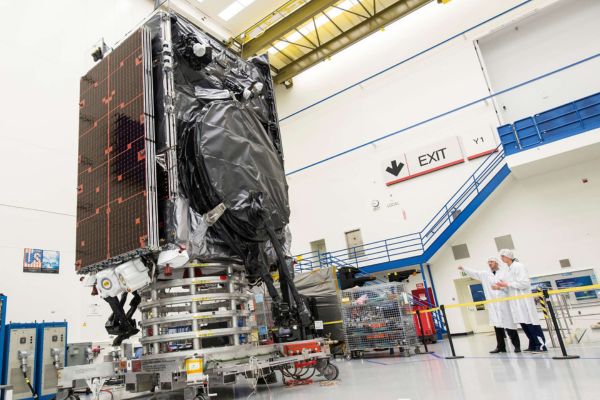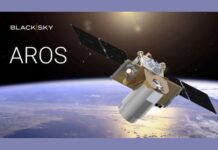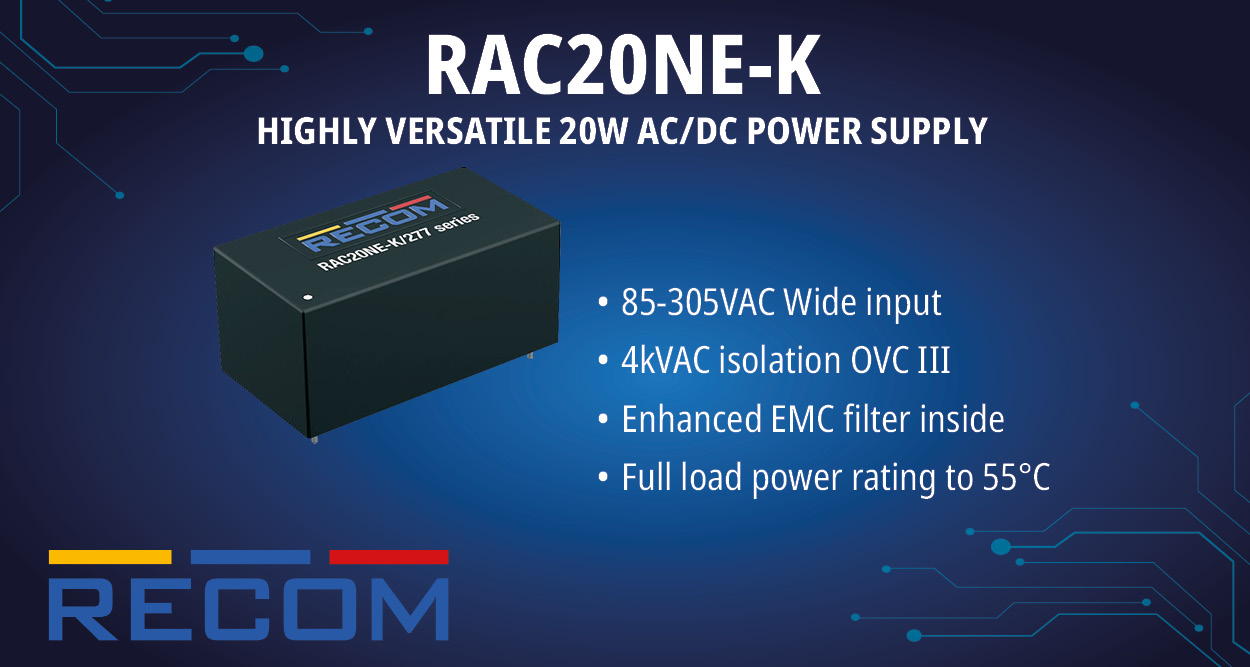The global satellite manufacturing market size was evaluated at USD 22.60 billion in 2024 and is projected to be worth around USD 101.43 billion by 2034, growing at a CAGR of 16.20% from 2025 to 2034.
The satellite manufacturing market is undergoing significant transformation, fueled by rapid technological advancements and a surge in demand for satellite-based services across various industries. This market is characterized by the increasing deployment of small satellites and large-scale satellite constellations, which are revolutionizing communication, earth observation, navigation, and scientific research. North America remains a dominant force due to its established space industry and the presence of leading aerospace companies, while regions like Asia-Pacific are quickly catching up, driven by substantial investments and ambitious national space programs.
Key trends shaping the market include the miniaturization of satellite components, the adoption of advanced manufacturing techniques such as 3D printing, and the integration of artificial intelligence for enhanced satellite performance and data analysis. The commercial sector is expanding rapidly, propelled by the need for global connectivity and real-time data services, while government and defense applications continue to play a vital role, especially in areas related to national security and disaster management.
Satellite Manufacturing Market Key Points
- North America dominated the market by holding largest market share of 54% in 2024.
- The U.S. satellite manufacturing market contributed more than 89% of market share in 2024.
- Asia Pacific is expected to grow at the fastest CAGR of 18% during the foreseeable period.
- By category, the low earth orbit (LEO) segment held a major market share of 57% in 2024.
- By category, the geostationary orbit (GEO) segment is expected to grow at a notable CAGR of 17.5% in the upcoming period.
- By mass, the medium-sized satellite segment registered the highest market share in 2024.
- By mass, the nano-satellite segment is anticipated to witness notable growth during forecast years.
- By type of business, the commercial segment led the market with the highest market share of 74% in 2024.
- By type of business, the government segment is expected to witness notable growth in the foreseeable period.
The Impact of AI in Satellite Manufacturing
Artificial Intelligence (AI) is revolutionizing the satellite manufacturing industry by reshaping the way satellites are designed, built, and tested. At the design stage, AI tools like generative design and predictive modeling allow engineers to automatically create and test thousands of design variations. This drastically speeds up innovation, reduces the material used, and ensures that satellites can survive the harsh conditions of space without excessive prototyping. AI models can simulate extreme environments, helping to select better materials and designs before a physical prototype is ever built.
In manufacturing, AI-driven robotics are now critical. These robots assemble delicate satellite parts with unmatched precision, reducing human error and improving production speed. Additionally, AI-powered computer vision systems are used for intelligent quality control, identifying defects at a microscopic level and ensuring that only the most reliable components are integrated into satellites. On the logistical side, AI optimizes supply chain management by forecasting parts shortages, scheduling procurement, and ensuring that production lines operate smoothly without unnecessary delays.
Testing and validation have become smarter through the use of digital twins — AI-powered virtual replicas of satellites. Engineers can simulate real-time space conditions on these digital twins, predicting failures and maintenance needs long before they happen. This predictive testing approach not only saves time and cost but also enhances the reliability of satellites in orbit. Furthermore, historical mission data analyzed by machine learning models help manufacturers anticipate potential weaknesses and improve satellite designs over time.
Satellite Manufacturing Market Dynamics
The satellite manufacturing market is experiencing robust growth, driven by a surge in demand for satellite-based services such as communication, Earth observation, navigation, and scientific research. Technological advancements are enabling the development of smaller, more cost-effective satellites (like CubeSats and smallsats), which has opened the industry to new commercial entrants and private players, significantly intensifying competition. Governments continue to play a crucial role by funding space exploration and national security initiatives, while the commercialization of space has led to growing investments from tech giants and venture capital firms. However, high development and launch costs, coupled with the complex regulatory environment surrounding spectrum allocation and orbital slots, pose notable challenges. Moreover, supply chain disruptions and geopolitical tensions can impact manufacturing timelines and costs. Opportunities lie in the increasing focus on satellite constellations, reusable launch technologies, and innovations like electric propulsion and AI-driven satellite systems, which are expected to shape the next phase of market evolution. Overall, the satellite manufacturing sector is transitioning from a government-dominated domain to a vibrant, competitive, and increasingly commercialized ecosystem.
Market Scope
| Report Coverage | Details |
| Market Size by 2034 | USD 101.43 Billion |
| Market Size in 2025 | USD 26.26 Billion |
| Market Size in 2024 | USD 22.6 Billion |
| Market Growth Rate from 2025 to 2034 | CAGR of 16.20% |
| Dominating Region | North America |
| Fastest Growing Region | Asia Pacific |
| Base Year | 2024 |
| Forecast Period | 2025 to 2034 |
| Segments Covered | Category, Mass, Type of Business, Application, and Regions. |
| Regions Covered | North America, Europe, Asia-Pacific, Latin America, and Middle East & Africa. |
Regional Insights
North America is the powerhouse of the satellite manufacturing market, mainly due to its highly developed space infrastructure. The region is home to globally renowned companies that drive satellite innovation and production. With strong government backing and a deeply rooted culture of space exploration, North America consistently launches advanced satellite programs. It also benefits from a mature private aerospace industry that aggressively pushes the boundaries of satellite technology.
The region has seen a significant rise in private-sector investments focused on manufacturing satellites for communication, navigation, earth observation, and defense purposes. Several companies have expanded their manufacturing facilities, integrating cutting-edge technologies like advanced solar panels, miniaturized satellite systems, and autonomous navigation modules. Strategic partnerships between government bodies and private firms are making satellite production faster, smarter, and more cost-effective.
- Mature Ecosystem: The region has a well-established network of aerospace companies, research institutions, and supply chains that support the satellite industry.
- Government and Defense Support: Strong investment in defense, space exploration, and scientific missions provides a continuous push for new satellite developments.
- Commercial Expansion: The commercialization of satellite services like broadband internet, earth imaging, and IoT connectivity is accelerating demand for new satellites.
Asia-Pacific is emerging rapidly as a major force in satellite manufacturing. Countries like India, China, Japan, and South Korea are investing heavily in space technologies. Government agencies in this region are working closely with private players to build strong domestic satellite manufacturing capabilities. Asia-Pacific is witnessing a wave of national pride, strategic space missions, and the rise of startups contributing to the growth momentum.
Asia-Pacific countries are rapidly advancing by opening new manufacturing hubs and collaborating internationally. There’s a noticeable trend of private companies partnering with national space agencies to develop launch vehicles and satellites. Governments are encouraging indigenous technology development to reduce reliance on foreign suppliers. Innovation around lightweight materials, reusable satellite components, and new satellite constellations are some of the notable developments happening across the region.
- Economic Ambitions: Rapid industrialization and national pride in technological achievements are motivating countries to build their own satellite capabilities.
- Strategic Independence: Efforts to strengthen national security and reduce dependency on international players are leading to accelerated space program developments.
- Technological Leapfrogging: With advancements in smaller, more efficient satellite technologies, the region is able to catch up quickly and even leap ahead in certain niches.
Satellite Manufacturing Market Companies
- Airbus SE
- ArianeGroup
- Azista BST Aerospace
- The Boeing Company
- Dhruva Space Private Limited
- Gilmour Space Technologies
- INVAP
- Lockheed Martin Corporation
- Maxar Technologies Inc
- Mitsubishi Electric Corporation
- Northrop Grumman
- RTX Corporation
- Sierra Nevada Corporation
- SpaceX
- Thales Group
Recent Developments
- In Oct 2024, SpaceX collaborated with OneWeb and launched 20 satellites for Eutelsat Group as a part of their first mission. The launch highlights a significant step for Eutelsat to expand its low earth orbit satellite communications network, which offers service for different telecommunication and broadcasting clients.
- In August 2024, Northrop Grumman launched the constellation of Arctic satellite broadband mission which is developed for space Norway. This signifies a historic partnership between the U.S. space force and space Norway. It’s the first operational U.S. military payload worked on an international commercial space mission.
Category Analysis
The satellite manufacturing market can be segmented based on orbital placement into Low Earth Orbit (LEO), Medium Earth Orbit (MEO), and Geostationary Orbit (GEO) satellites. LEO satellites, positioned between 500 to 2,000 kilometers above the Earth’s surface, are increasingly popular due to their lower latency and enhanced imaging capabilities, making them ideal for applications like Earth observation and broadband internet services. MEO satellites, typically located between LEO and GEO, are commonly used for navigation systems such as GPS and communication services, offering a balance between coverage and signal strength. GEO satellites, stationed about 35,786 kilometers above the equator, maintain a fixed position relative to Earth, making them indispensable for weather monitoring, broadcast communications, and defense applications.
Mass Analysis
In terms of mass, satellites are categorized into Large Satellites, Medium-Sized Satellites, Nano Satellites, and Others. Large satellites, often exceeding 1,000 kilograms, are primarily used for complex missions involving heavy data transmission, military operations, and scientific exploration. Medium-sized satellites serve a wide array of applications, balancing capability and cost-effectiveness, and are common in commercial telecommunications and navigation. Nano satellites, typically weighing between 1 to 10 kilograms, have gained significant traction due to their low cost and the ability to launch multiple units in constellations, particularly for scientific research, Earth observation, and emerging communication networks. The Others category encompasses micro and pico satellites, catering to highly specialized or experimental missions.
Type of Business Analysis
From the business model perspective, the satellite manufacturing market is divided into Government and Commercial sectors. Government initiatives continue to dominate a significant portion of the market, funding satellites for defense, scientific research, disaster management, and national security purposes. However, the commercial sector is rapidly expanding, driven by the growing demand for satellite-based services such as telecommunications, Earth observation, and broadband internet provision. Private enterprises are heavily investing in satellite technology, stimulated by reduced launch costs and advances in miniaturization, leading to a vibrant commercial ecosystem.
Application Analysis
Based on applications, satellite manufacturing is segmented into Communication, Earth Observation and Remote Sensing, Navigation, Research and Development, Military Surveillance, and Others. Communication satellites remain the backbone for global broadcasting, internet connectivity, and mobile telephony, especially in remote areas. Earth observation and remote sensing satellites play a crucial role in environmental monitoring, agricultural planning, and disaster management. Navigation satellites enable critical services like GPS, aviation routing, and maritime navigation. Research and development satellites are deployed for scientific

















